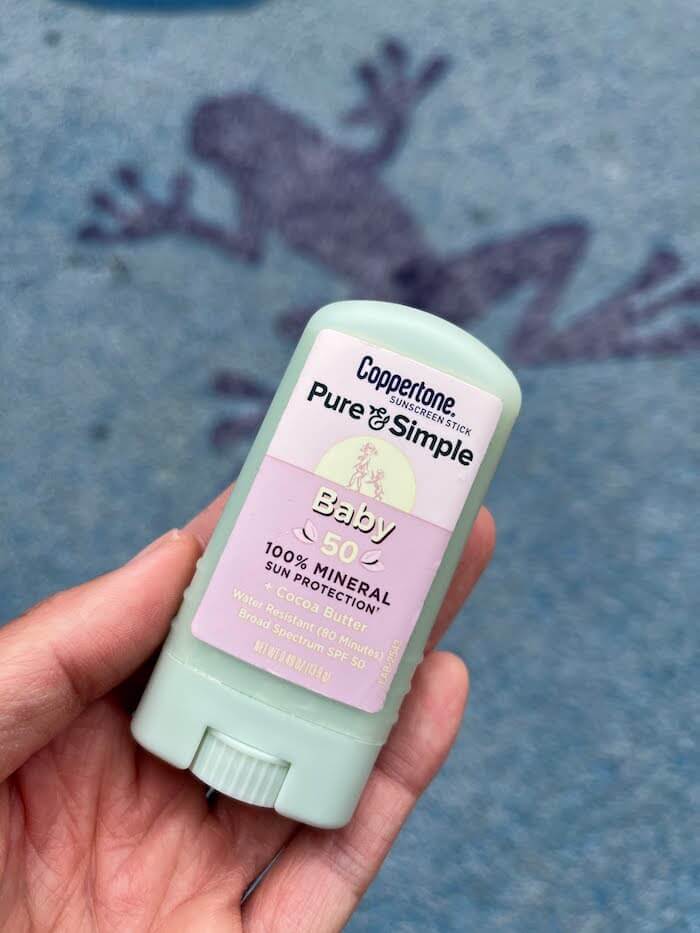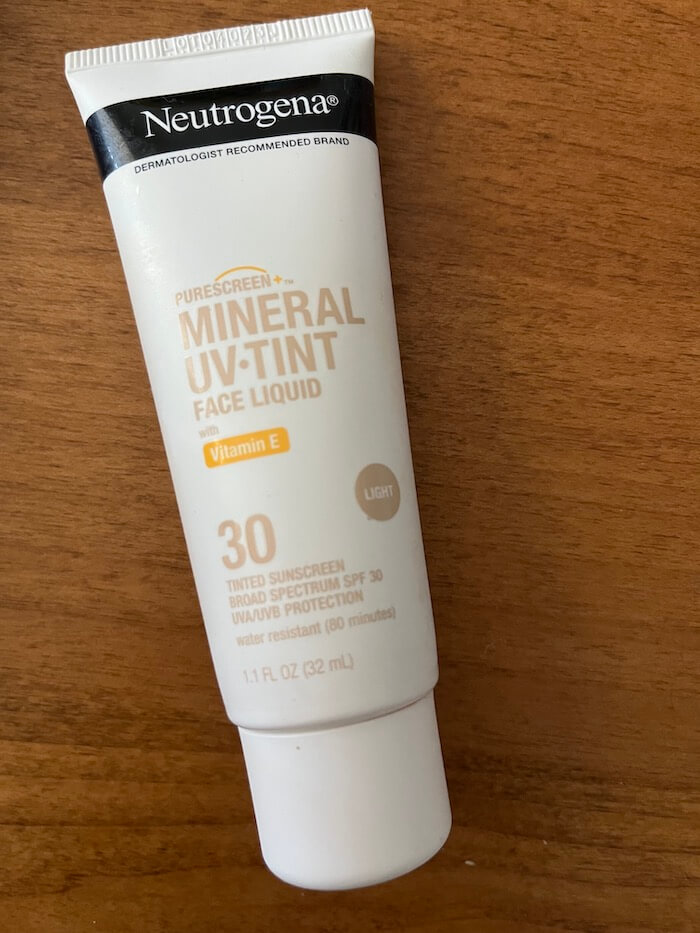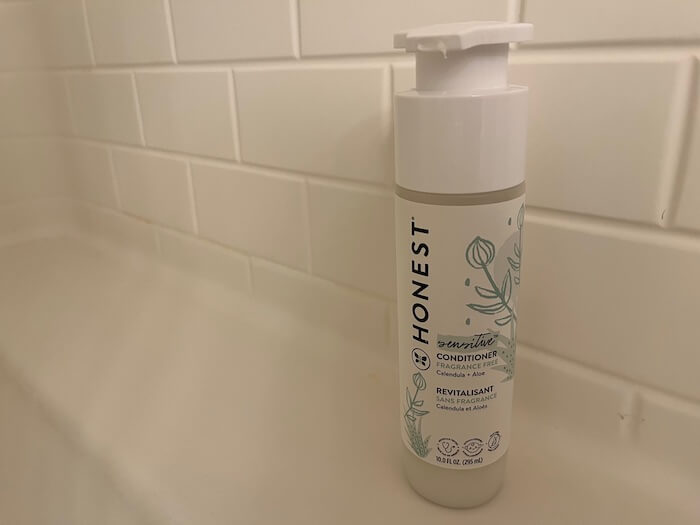What is methylisothiazolinone? And methylchloroisothiazolinone?
This potentially irritating preservative is included in many personal care products, even those marketed to babies and those with sensitive skin.
Preservatives are necessary ingredients in personal care products. Would you want to find mold thriving in your face cleanser (or in anything else you’re applying directly to your skin)? Even so, it’s probably still better to ensure that your skincare and beauty products don’t contain preservatives that are likely to irritate your skin. I didn’t even know that some ingredients were only permitted in “rinse-off” products (like shampoos), until I asked my dad about Kirkland Signature Moisture Shampoo, and he mentioned that this shampoo contains a few ingredients that are only allowed in rinse-off products, including methylisothiazolinone and methylchloroisothiazolinone.
These two ingredients are marketed by the Dow Chemical Company under the name KATHON CG, developed in the late 1960s. Health Canada, the public health department of the Canadian government, has urged consumers to check ingredient labels for the combination of methylisothiazolinone and methylchloroisothiazolinone, and cites several side effects, including rashes, itchiness, blisters, and dry skin. The American Contact Dermatitis Society even named methylisothiazolinone the “Allergen of the Year” in 2013. See the full list of “award winners” here—fragrance was named in 2007.
What is methylisothiazolinone?
Methylisothiazolinone is a preservative that’s commonly used in personal care products. A study found that many products marketed to babies and children contained this potentially irritating ingredient, even if their packaging stated that the product was designed for sensitive skin, or was described as “gentle” or “hypoallergenic.”
One of the products included in the study was Neutrogena Pure & Free Baby Sunscreen SPF 60. A product that has “pure & free” In its product name is somewhat misleading if it contains a potentially irritating preservative. This study did a great job of pointing out products from Walmart and Target that marketed themselves as gentle, sensitive-skin-friendly products, but contained methylisothiazolinone. See the full table here.
How safe is methylisothiazolinone? Ask the U.S. vs. the E.U.
In the U.S., the Cosmetic Ingredient Review (CIR) panel has concluded that methylisothiazolinone is “safe for use in rinse-off cosmetic products at concentrations up to 100 ppm (0.01%) and safe in leave-on cosmetics products when they are formulated to be non-sensitizing, which may be determined based on a QRA.” QRA stands for “quantitative risk assessment.”
The European Union’s Scientific Committee on Consumer Safety (SCCS) took a more conservative approach. Upon testing this ingredient, the group concluded that there is “no safe concentration” of methylisothiazolinone in leave-on products, but will allow up to 0.0015% (15 ppm) in rinse-off products.
Read the full CIR report here.
Products covered on My Dad the Chemist that contain methylisothiazolinone
I consulted the Ingredient Database and found that I’ve written about four products that include methylisothiazolinone:
- CeraVe Sunscreen Face Lotion SPF 50
- Kirkland Signature Moisture Shampoo
- Freeman Mint and Lemon Facial Clay Mask
- Suave Professionals Sleek & Smooth Conditioner
All of these are rinse-off products except for CeraVe Sunscreen Face Lotion SPF 50, which stays on your face all day. This serves as another reason why CeraVe Baby Sunscreen is a better choice, even if it’s only SPF 45. This face lotion likely follows the guidelines for a cap at 0.01 percent concentration, which sounds pretty low. But keep in mind that the E.U. limited this concentration of this ingredient to 0.0015 percent, which is quite a bit lower than 0.01 percent. If you have sensitive skin, or if you’re looking for baby-safe products, don’t just rely on the label to tell you that a product is hypoallergenic, gentle, or safe for sensitive skin. Instead, make sure to scan through the ingredient list of any product to make sure that it doesn’t include methylisothiazolinone or methylchloroisothiazolinone.






Share this post
RSS
Facebook
Reddit
Email